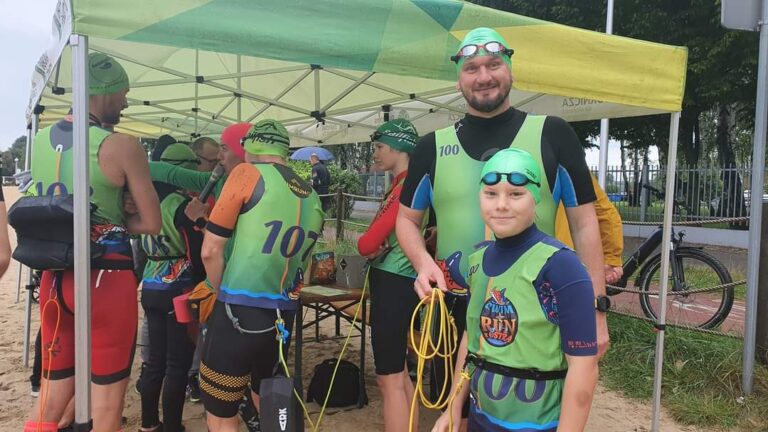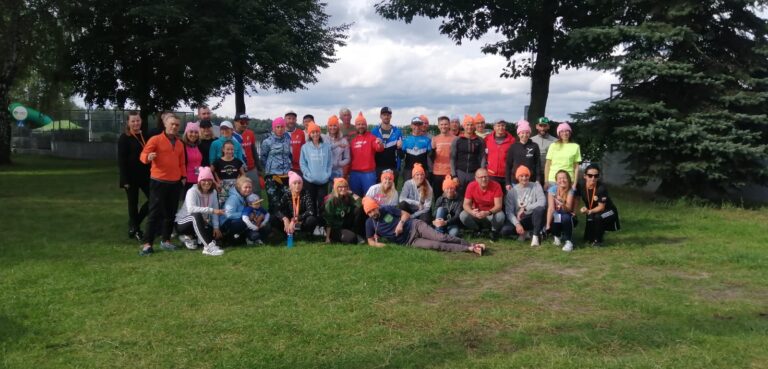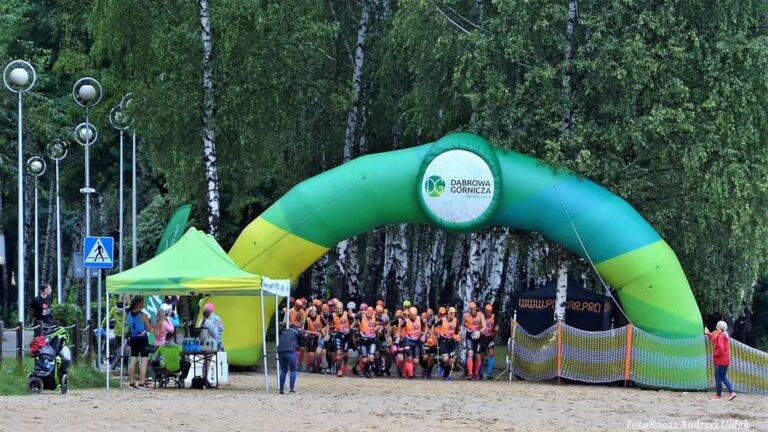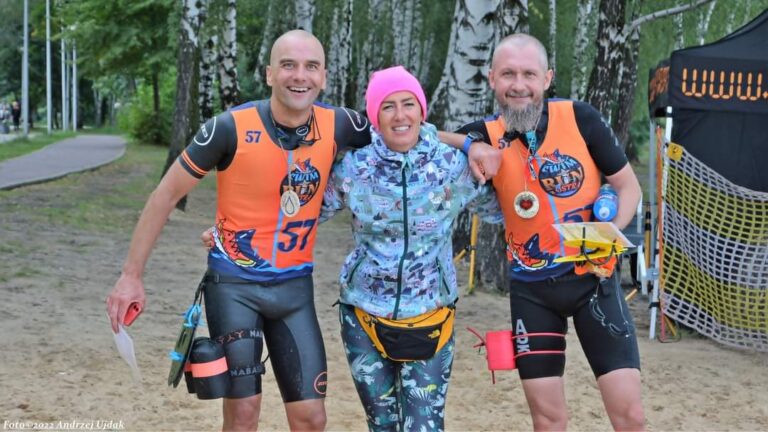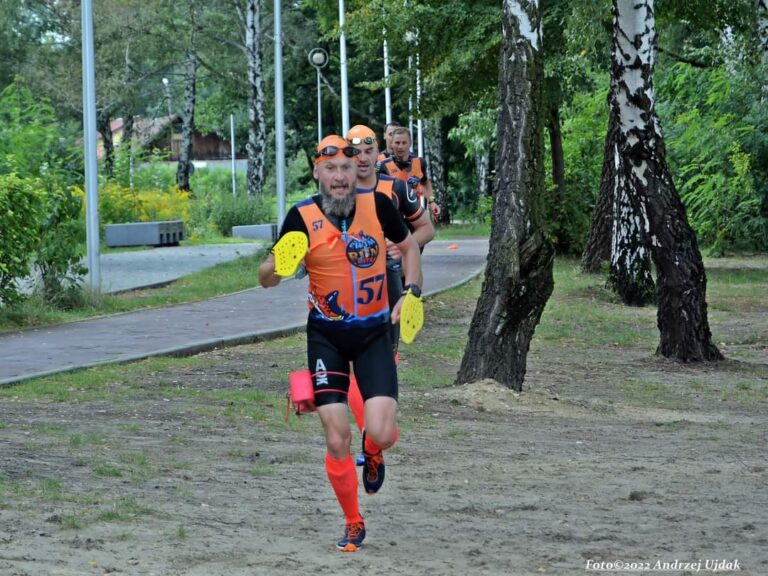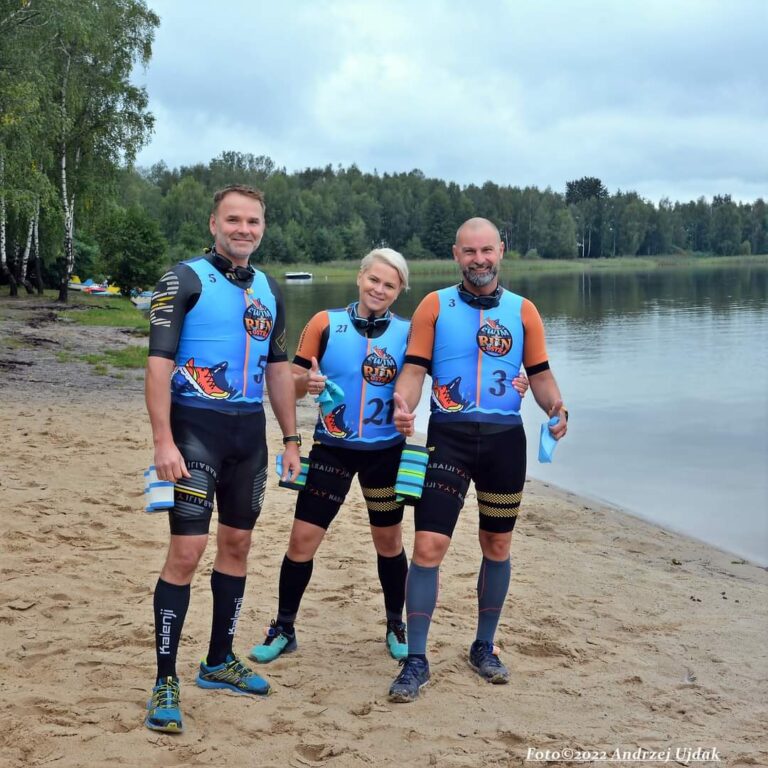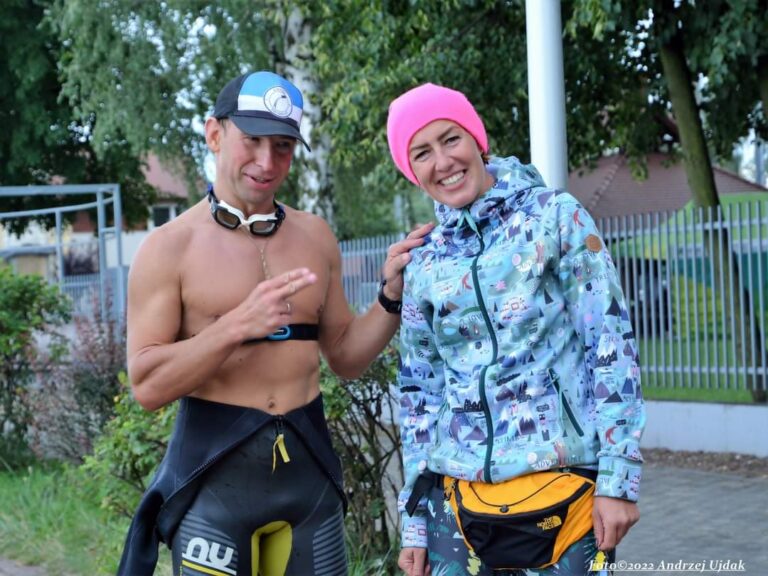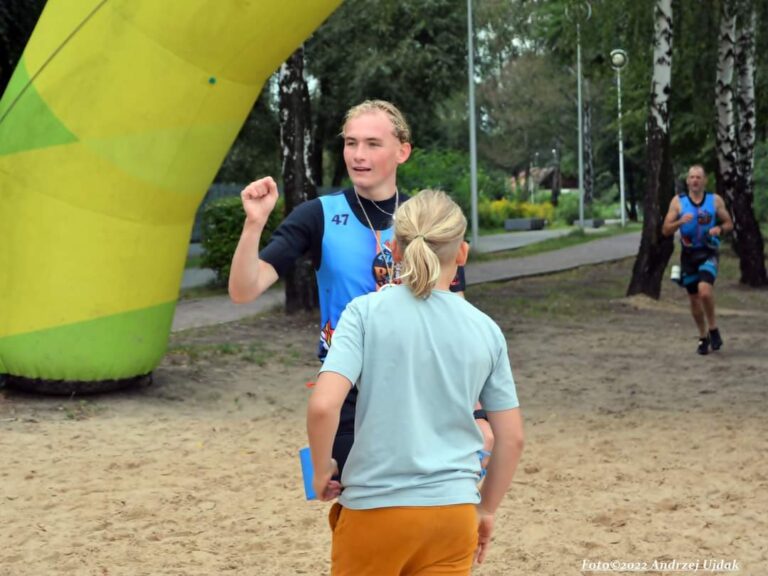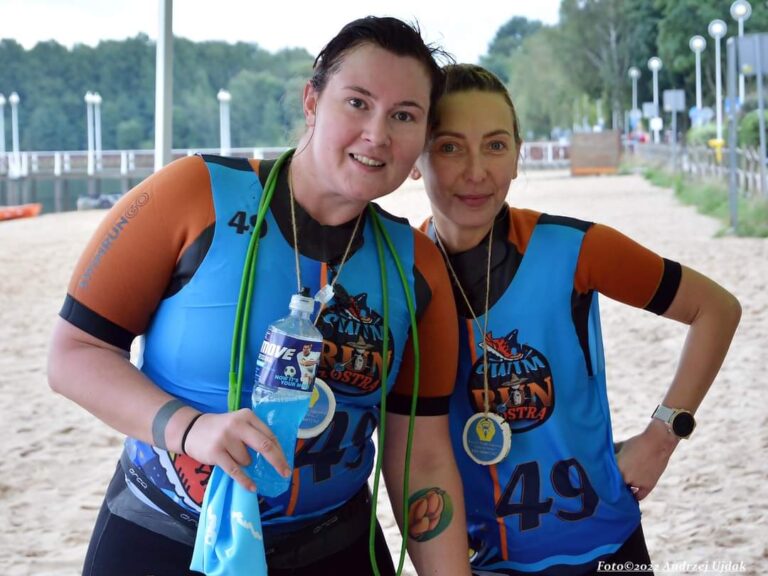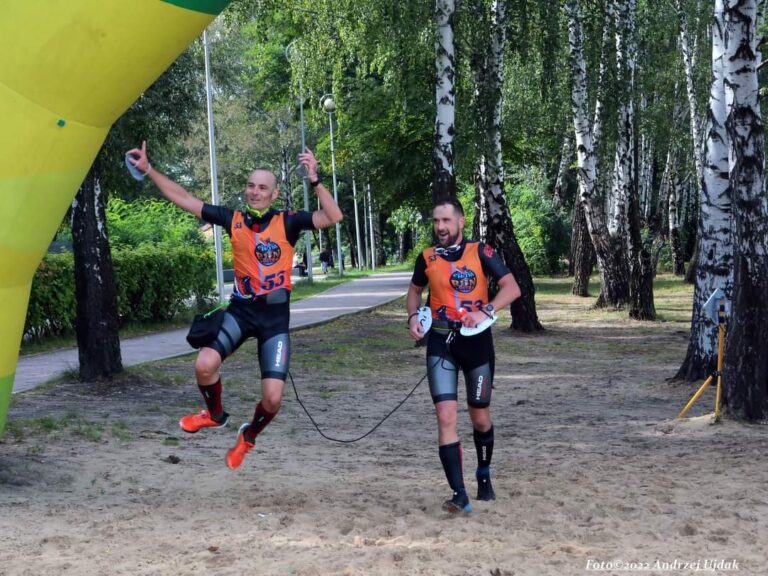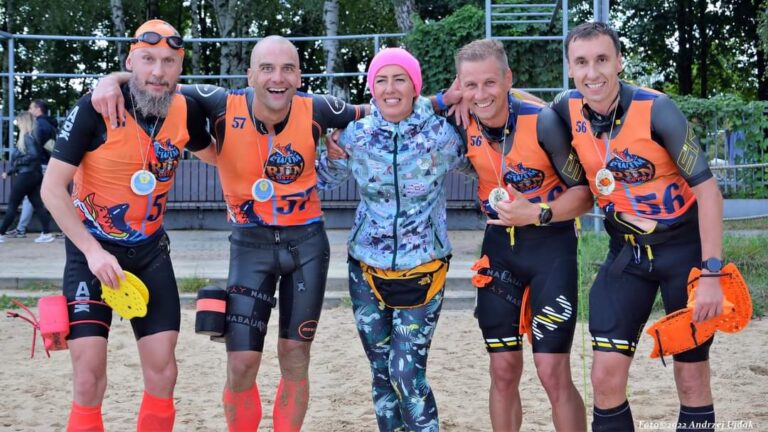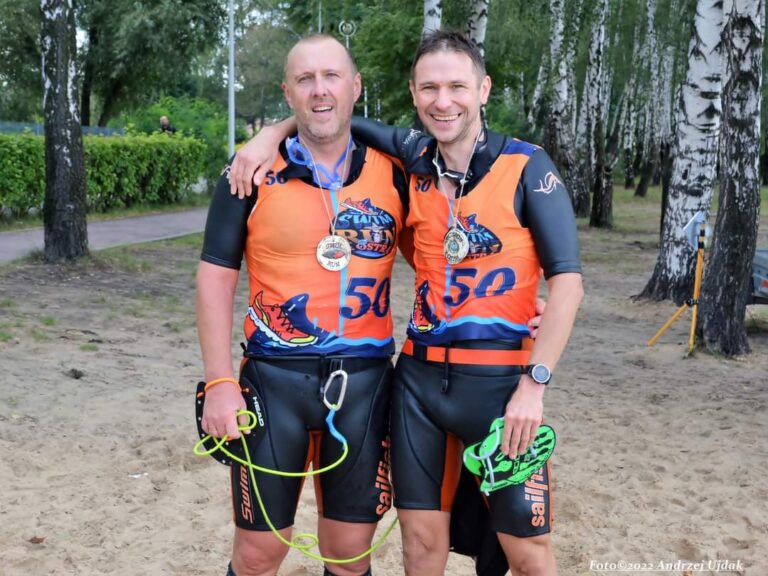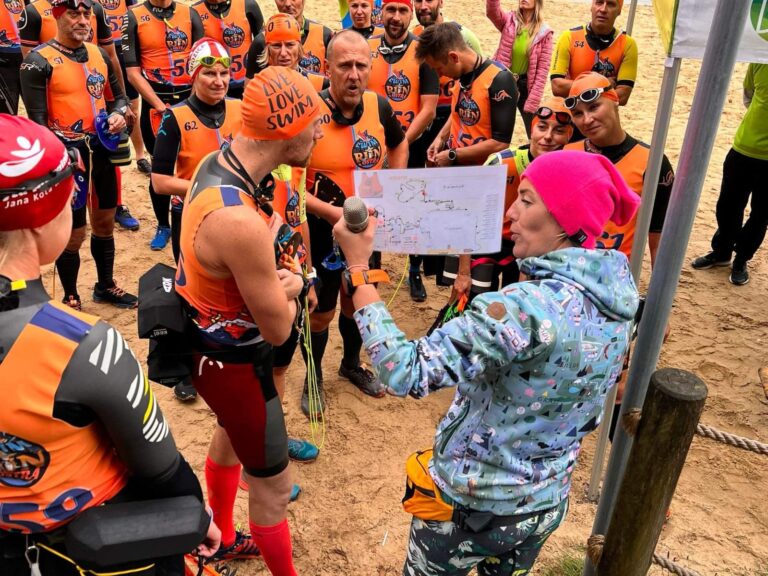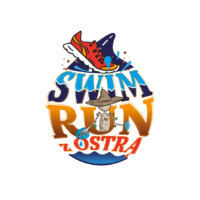It came to us from Scandinavia…
Open waters, lakes, lands, wetlands…
Unrestricted freedom…
You can’t get closer to nature than with SWIMRUN!
Now, a bit about Swimrun.
Firstly, it has nothing to do with triathlon, although it involves both swimming and running.
Secondly, it’s not Runmageddon either, although there are many natural obstacles.
These are the two main associations people have when they first hear about swimrun.
My dream, as well as that of all enthusiasts of this discipline, is for people to finally understand what swimrun is and not confuse it with any of these sports.
There’s also the question of whether swimrun is an extreme sport and why it’s gaining followers so slowly.
It definitely seems extreme to someone who doesn’t know it. Like with any sport, you need to work a bit on technique and the strength of the right muscle groups to make it more enjoyable and less extremely odd. It also depends on the distance and your expectations of yourself. Any major effort beyond our capacity can feel extreme, but swimrun event organizers have ensured that the length of the distance is adjusted to the abilities of the participants.
Now, about what might seem so extreme in Swimrun.
Yes, we run and swim, but not in the classic, normal way. Swimrun involves traversing a water-land course where we alternate between swimming and running. The number of transitions varies depending on the event organizer or terrain (outside of events). Transitions happen automatically; we don’t change clothes, we simply run into the water in our shoes, swim, then exit the water and run… and so on, until we reach the finish. We use a few gadgets that we know from pools or swim training. They don’t require a lot of expense. It all depends on our needs. The most important thing is to have shoes that allow water to easily drain. Next, we use swim paddles, and a pull buoy with an attached strap. On our head, we wear a swim cap and goggles… and a wetsuit with short sleeves. In the summer, you can skip the wetsuit. With all this gear, we traverse the water-land segment. During running, we attach the pull buoy to the strap around our waist, and when we enter the water, we place it between our legs (this helps with buoyancy when swimming with shoes on). In this discipline, you need to learn to swim freestyle using your hands and paddles.
And the final question: What’s so great about it?
The answer is simple: The sense of freedom… Freedom in overcoming terrain… and the thought that there are no obstacles / things that are impossible to overcome 😊
With sporty regards,
M. Ostrowska

